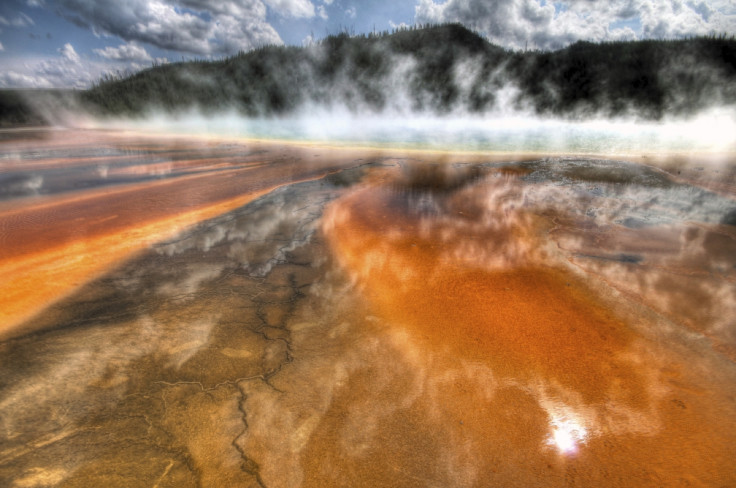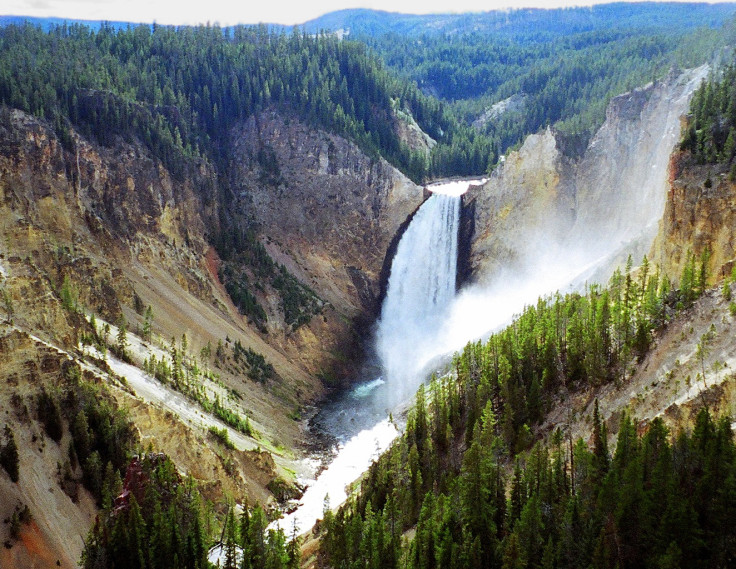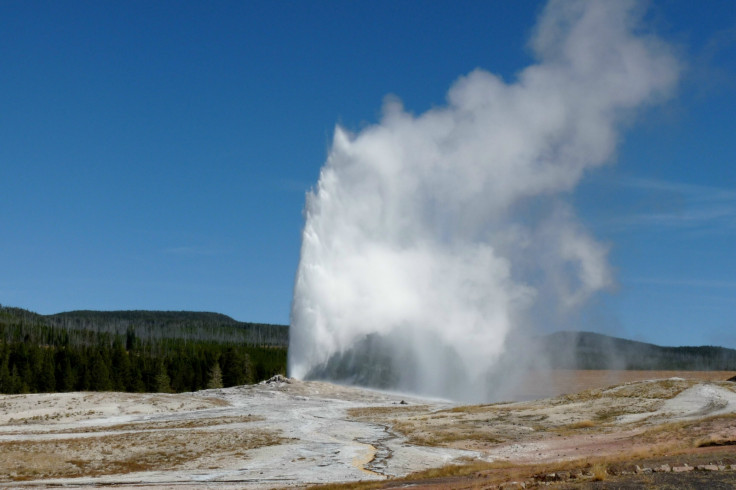Yellowstone supervolcano: Facts we learned about the active volcano in 2015

We discovered a lot about Yellowstone National Park and the supervolcano it is home to in 2015, including how much prior warning we would have before an eruption and that it contains a massive magma reservoir 11 times bigger than the Grand Canyon.
Islamic extremist planned to make Yellowstone supervolcano erupt
At the start of the year, it emerged an Islamic extremist wanted to make Yellowstone supervolcano erupt. He was on trial in Toronto for his part in a plot to derail a passenger train when his destructive and ambitious plan emerged.
The court heard how Chiheb Esseghaier talked about the "death and destruction" the volcano would cause and that he was "very passionate" about the plan, but in the end he gave up on the idea because it would have been too hard.
"No. We cannot do anything to make the volcano erupt. It's very deep. I don't have any access," Esseghaier is alleged to have said. He was eventually found guilty of the train plot and sentenced to life imprisonment.
Yellowstone has a magma reservoir four times bigger than its chamber

In April it was announced the supervolcano has a magma reservoir four times larger than its chamber, big enough to fill the Grand Canyon 11 times over. Researchers publishing their finding in the journal Science said it is believed to be the biggest magma reservoir in the world, with a volume of 46,000km<sup>3. Scientists had long thought there was something beneath the volcano's chamber because CO2 measurements did not add up to how much magma they already knew about.
"Many people already expected the existence of this one, but no one knew the size of it," the team said. "So we didn't expect how big it was, we just knew it probably existed. But now we know how big it is." They also said the discovery does not alter the chance of an eruption – at present the chance of a catastrophic eruption is about 700,000 in one.
How much warning of an eruption at Yellowstone would we have before it happened?

Arizona State University announced in July that they may be able to work out when Yellowstone will next erupt (well, sort of). Publishing their findings in the journal Geology, the researchers looked at chemical concentrations in magma crystals to examine the volcano's past. This helped them work out how long it was between when it reheated to when it erupted.
Findings showed the last eruption was triggered within 10 months of new magma moving into the base of the volcano. However, in previous eruptions this process took 10 years.
Christy Till, one of the study authors, said: "How quickly can you reheat a cooled magma chamber and get it to erupt? Our results suggest an eruption at the beginning of Yellowstone's most recent volcanic cycle was triggered within 10 months after reheating of a mostly crystallised magma reservoir following a 220,000-year period of volcanic quiescence. A similarly energetic reheating of Yellowstone's current sub-surface magma bodies could end approximately 70,000 years of volcanic repose and lead to a future eruption over similar timescales."
Yellowstone eruption would kill 90,000 people?

In August reports started emerging that an eruption at Yellowstone would lead to the deaths of 90,000 people. The death toll appears to have come from a report by HowStuffWorks, and was then widely cited by a number of media outlets. The figure given was nothing new – estimates of how many people would die vary across different models produced over the years.
However, the actual chance of an eruption in the near future is slim to none. A model of ash fall distribution from an eruption was released by the USGS last year. In it, scientists said they were almost certain the volcano will not erupt in the 21st century – and in fact said it has been showing reduced activity in its recent history.
They wrote: "Over the past two million years, trends in the volume of eruptions and the magnitude of crustal melting may signal a decline of major volcanism from the Yellowstone region. These factors, plus the 3-in-2.1-million annual frequency of past events, suggest a confidence of at least 99.9% that 21st-century society will not experience a Yellowstone supereruption."
Eruptions at Yellowstone are triggered by the roof cracking or collapsing

A report from November said eruptions at supervolcanoes like Yellowstone are not caused by magma buoyancy, but are instead the result of the roof above them collapsing or cracking. The study, published in the Journal of Volcanology and Geothermal Research, said the size of the magma chamber is important as when it expands, it pushes the roof upwards, forming faults. The roof eventually becomes unstable, eventually resulting in faults or complete failure.
If the fault then penetrates the magma, it shoots up to the surface, leading to a chain reaction that "unzips" the entire supervolcano.
Patricia Gregg, who led the study, said: "It is important to know if supervolcano eruptions are triggered by internal factors or by foundering and faulting in the roof. It may mean that we have to monitor these volcanoes differently," she said.
"A typical volcano, when it erupts, can have lasting impacts across the globe. We've seen that in Iceland when we've had large ash eruptions that have completely disrupted air traffic across Europe. A supereruption takes that to the nth degree."
© Copyright IBTimes 2025. All rights reserved.






















